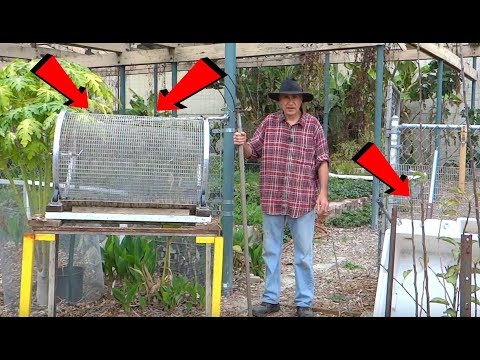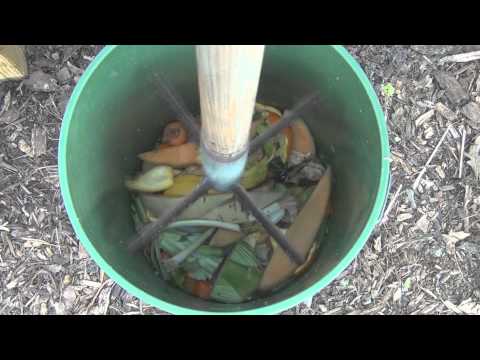composting is an excellent way to reduce waste and create nutrient-rich soil for your garden. Not only does it help the environment by diverting organic materials from landfills, but it also allows you to recycle kitchen scraps and yard waste back into the earth. If you’ve always wanted to start composting but thought you needed fancy equipment or tools, think again! With just a few simple materials and limited tools, anyone can build their own compost bin.
Materials needed:
– Four wooden pallets
– Zip ties or wire
– Chicken wire or hardware cloth
– Staple gun (optional)
Step 1: Find Your Pallets
Wooden pallets are readily available, often for free, in many places. Look for them at construction sites, warehouses, or even check with local businesses. Ensure that the pallets are clean and untreated to avoid any harmful chemicals leaching into your compost.
Step 2: Prepare the Pallets
Start by selecting three wooden pallets of equal size for the sides and back of your compost bin. Clean them if necessary and remove any nails or staples that might be sticking out. Lay them down horizontally on the ground, ensuring they’re parallel to each other.
Step 3: Secure the Pallets
Using zip ties or wire, fasten the three pallets together at their corners. It’s best to place ties/wire at multiple points along each corner to provide stability and prevent the bin from collapsing under pressure. Make sure everything is tight and secure.
Step 4: Create the Front Opening
Take another wooden pallet of equal size as before and remove one row of slats from one side using a reciprocating saw or pry bar. This will serve as the front opening for easy access to turn and retrieve your compost.
Step 5: Attach Chicken Wire
To keep the compost in place and promote airflow, attach chicken wire or hardware cloth to the inside of the bin. You can either staple it directly to the pallets using a staple gun or attach it with zip ties/wire. Don’t forget to cover all sides, including the front opening.
Step 6: Place Your compost Bin
Find a suitable location for your compost bin that is easily accessible and has good drainage. Ideally, it should receive some direct sunlight to speed up decomposition but not too much that it dries out quickly. Level the ground if necessary and place your newly built bin in position.
Step 7: Start composting!
Now that your compost bin is ready, you can start adding organic waste. Aim for a balance between “greens” (nitrogen-rich materials like kitchen scraps, grass clippings) and “browns” (carbon-rich materials like dry leaves or shredded paper). Alternate layers of greens and browns while occasionally turning the pile to ensure proper decomposition.
Remember to maintain moisture levels by watering occasionally, especially during dry periods. Within a few months, your compost will transform into dark, crumbly soil that is perfect for enriching your garden beds.
By following these simple steps, you can create your very own compost bin with limited tools. This DIY project not only saves you money but also helps reduce waste while providing nourishment for your plants. So go ahead and start composting – it’s easier than you think!





